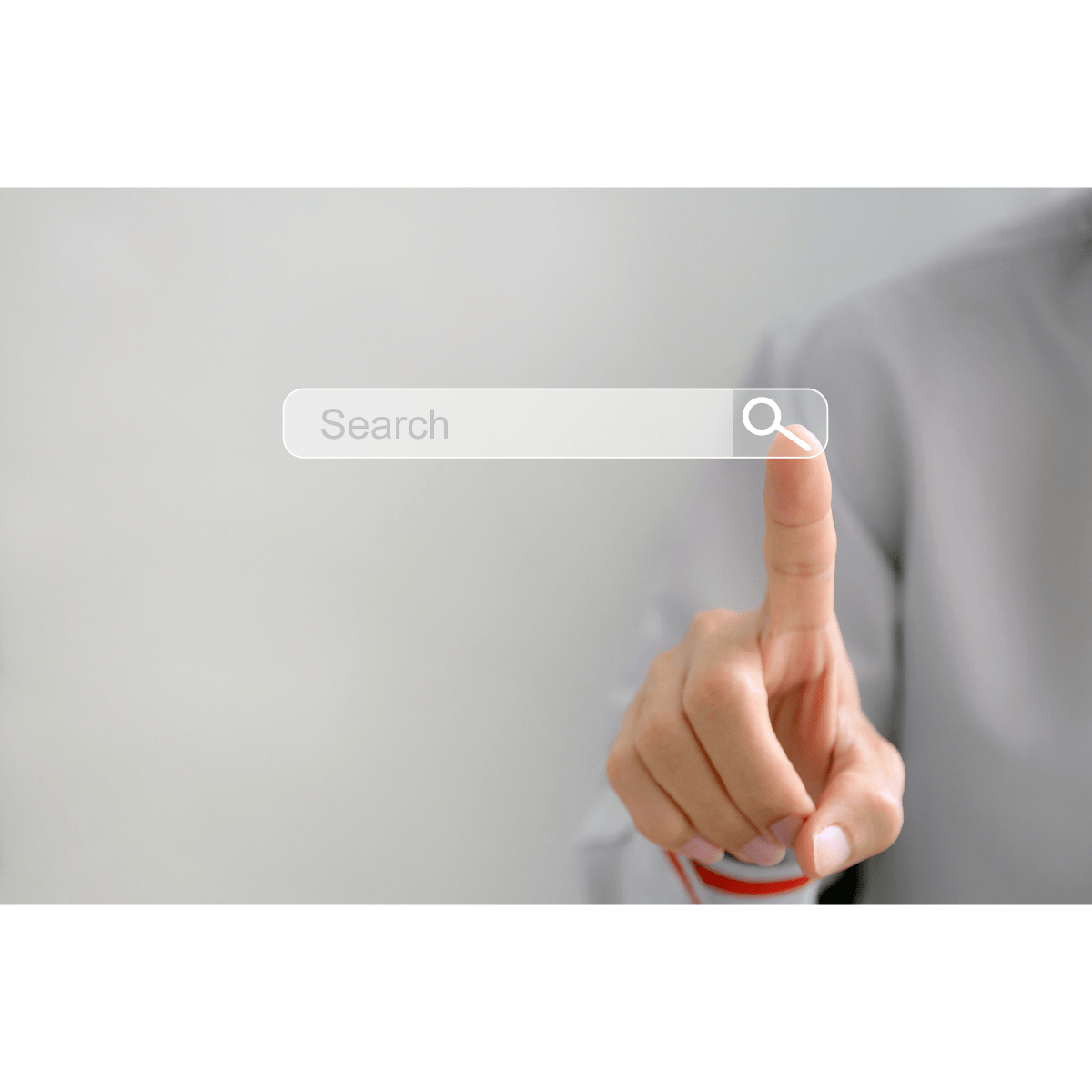The relationship between patient advocacy groups (PAGs) and pharmaceutical companies is multifaceted, involving collaboration, support, and shared goals. However, these relationships also face challenges that if addressed could enhance their effectiveness and sustainability. At SAY we have been speaking to PAG representatives to explore the positive aspects and areas for improvement in their relationships with pharma companies when participating in research, educational initiatives and awareness campaigns.
Positive aspects of the PAG: pharma relationship
1. Collaboration and co-creation
Patient groups and pharmaceutical companies work best when they come together to co-create initiatives, driven by good intentions and mutual benefits. Well-executed campaigns that resonate with the patient community will result in a positive response and substantial engagement.
2. Support, funding and resources
Patient organisations and pharma companies often collaborate on research and educational initiatives, providing PAGs with funding and resources they might not otherwise have. Pharmaceutical companies also support patient groups by funding specific projects or engaging in broader advocacy efforts including providing the necessary materials for an awareness campaign. The most successful projects leverage the strengths of both parties.
3. Patient involvement
Patient groups actively involve their members in research and surveys that pharmaceutical companies conduct. This involvement is generally well-received by patients, who are eager to contribute to research that could improve treatments and outcomes. Feedback from patients who participate in these collaborations is usually positive, as they appreciate the opportunity to contribute to meaningful research and feel valued when their input is acknowledged.
4. Effective communication
When pharmaceutical companies are well-organised and provide clear instructions, any collaboration tends to be smooth and efficient. This includes having structured processes for survey data collection or patient engagement. Involving the PAG early in the development process for any campaign or initiative is also appreciated, enabling meaningful input and resulting in more effective content that is well-received by the patient community.
5. Long-term relationships
Building personal relationships with company representatives helps in understanding and addressing the specific needs of patient groups. Regular meetings and informal communication foster a sense of partnership.
6. Skill and resource sharing
Pharmaceutical companies bring a wealth of expertise, including graphic design, website updating, PR and marketing, either from themselves or via their partner agencies, which smaller patient organisations often lack. This support can significantly enhance the reach and impact of patient group initiatives.
Areas for improvement
Overall, the relationship between patient groups and pharmaceutical companies is generally positive, with both parties benefiting from collaboration. However, there are several areas where improvements can be made.
1. Follow-up and communication
One of the main issues highlighted by the PAG representatives we spoke to is the lack of follow-up from pharmaceutical companies after patients have participated in surveys or research. Patients and patient groups often don’t receive feedback or updates on the outcomes of their contributions, which can be discouraging. There have also been instances where patient groups were not promptly informed about project changes or discontinuations, leading to uncertainty and frustration. More transparent and timely communication could improve trust and collaboration.
2. Administrative and regulatory burdens
The process of filling out forms and adhering to a pharmaceutical company’s protocols can be cumbersome and time-consuming for patient groups. Furthermore, the need for frequent reapproval of content due to compliance regulations can be a significant barrier, leading to disruptions and loss of momentum for successful campaigns. This issue is compounded by the fact that a patient group doesn’t own a campaign’s content when it’s developed in conjunction with a pharma company, limiting their ability to use it freely. Simplifying all these processes could make collaborations more efficient and less burdensome.
3. Consistency in engagement
There are instances where patient groups feel that pharmaceutical companies do not maintain consistent communication. For example, patients might be asked to contact a specific person to be interviewed as part of a research project and then not hear back, leading to frustration and additional work for the patient group. Ensuring consistent engagement and follow-up can enhance the relationship.
4. Recognition and compensation
While patient groups often do not expect monetary compensation, they do appreciate recognition for their efforts. Ensuring that patients and patient groups receive some form of acknowledgment, whether through thank-you notes or updates on the research, can enhance the relationship. Patient groups frequently spend significant time educating new agencies about their disease area, which is not always factored into the project scope or compensation. Additionally, there is often a disparity in the resources allocated to patient groups compared to those allocated to the agency handling the relationship with the group.
5. Clearer roles and expectations
Defining the roles and expectations more clearly at the outset of a project can help ensure that both parties are aligned, and that the collaboration runs smoothly. This includes setting shared goals and understanding each party’s responsibilities.
6. Understanding of smaller charities
There was a noted lack of understanding from pharmaceutical companies regarding the resource limitations of smaller charities. Expectations were sometimes unrealistic, and the support provided did not always align with the capacities of these smaller organisations. Companies did not always cover costs for participation in events or lobbying efforts, which could be a significant burden for smaller charities.
7. Short-term focus, sustainability and continuity
Patient groups prefer to prioritise long-term support and ongoing work whereas pharma companies often prefer to focus on short-term campaigns and new initiatives. This can lead to a lack of sustained impact and duplication of efforts from different companies within the same disease area. High turnover of company representatives can also disrupt ongoing projects and relationships, making it difficult to maintain continuity and long-term support. Furthermore. withdrawing support when a product is discontinued or loses its patent has led to significant challenges for some patient groups.
8. Public perception and scepticism
There is significant scepticism among patients, especially those with under-recognised conditions, about the motives of pharmaceutical companies. Many patients believe that these companies are primarily driven by profit rather than patient welfare. Addressing public scepticism and ensuring transparency can improve trust and collaboration.
Conclusion
Relationships between patient groups and pharmaceutical companies are highly productive and beneficial when there is early and meaningful involvement, effective resource use, and a focus on creating resonant and impactful campaigns. However, challenges such as ownership and compliance issues, short-term focus, resource allocation disparities, and misalignment of objectives need to be addressed to improve the effectiveness and sustainability of these collaborations. By fostering a more balanced and long-term approach, both parties can better serve the needs of patients and achieve their shared goals.
As pharma communications experts, we at SAY Communications can work with you to build your brand’s narrative, develop PR and marketing strategies. Get in touch with our team at hello@saycomms.co.uk to learn more.
Find out more about how SAY can support your organisation with improving PAG and pharma relationships
Need a helping hand to overcome your communications challenges? Why not contact SAY for a free advice session?

